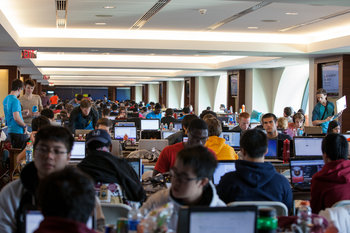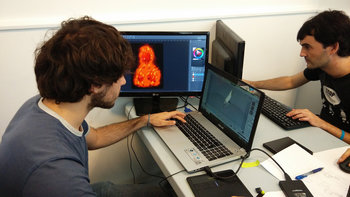
Administration of operating systems and infrastructure. | Collaboration with second and third level support such as devops, systems development teams and infrastructure specialists. |
Determine the root cause of IT problems. | Develop reports and analysis. |
Document maintenance work. | Document troubleshooting efforts. |
Enforce IT policies, controls and processes such as approvals for access. | Escalate incidents and problems to second and third level support. |
Escalate issues to stakeholders as appropriate. | Escalate to partners and suppliers to resolve incidents. |
Help end-users to use applications. | Identify and implement improved processes and automation such as scripts. |
Investigate IT incidents. | Investigate login and authentication issues. |
Maintain operations manuals and technical documentation. | Manage access requests such as password resets. |
Manage support tickets. | Perform asset management work such as inventory tracking. |
Perform basic hardware maintenance and installs. | Perform basic testing and sanity checks. |
Perform system and infrastructure maintenance. | Perform system installs and configuration. |
Provide adhoc technical support such as supporting the infrastructure for an event. | Recommend and document solutions to problems. |
Resolve remote access issues. | Resolve system, application and infrastructure problems. |
Submit purchase orders for licenses, parts and equipment. | Support end-users by channels such as phone and email. |
Train users to help them overcome perceived technical problems. | Troubleshoot system, application and infrastructure problems. |
Update stakeholders and end-users regarding the status of incidents, problems and requests. |
























